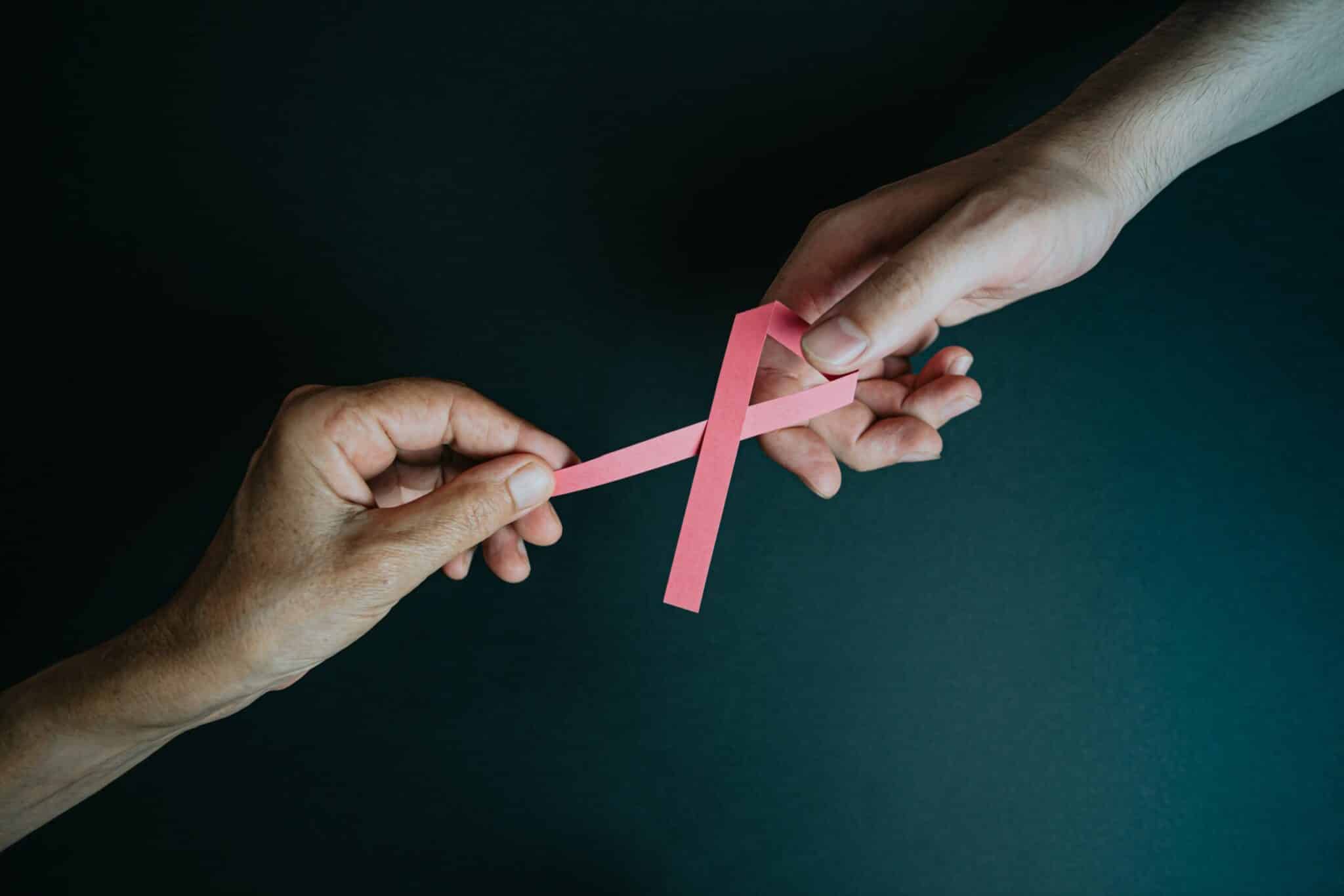DESPITE the rising number of HIV cases in the Philippines, the number of Filipino youths who are aware of HIV and AIDS has dropped to an all-time low.
This has prompted calls for better sexuality education among young Filipinos.
According to the 2021 Young Adult Fertility and Sexuality Study of the University of the Philippines Population Institution (UPPI), 76 percent of young Filipinos between the ages of 15-24 have heard about HIV (Human Immunodeficiency Virus) or AIDS (Acquired Immune Deficiency Syndrome).
This is a 19-percentage point drop from 1994 when awareness was at 95 percent, and is the lowest level since that year.
It also follows the decrease in youth awareness observed in 2013, when the proportion of the youth who have heard of HIV or AIDS dropped to 83 percent from 95 percent in 2002
The UPPI warned that inadequate knowledge of the disease could hamper efforts to prevent its spread.
“Information gaps can stall efforts to arrest the number of HIV infections in the Philippines, which has the fastest-growing HIV epidemic in the Asia-Pacific region,” it said in a statement.
It took note of the 2020 report of the Department of Health which said that if the rapid growth of HIV cases in the country continues, the number of cases could reach over 330,000 by 2030.
The UPPI study also found that among the youth who have heard of HIV or AIDS, only 19 percent or one in five has a comprehensive knowledge of HIV.
It increased a bit among women, from 16 percent in 2013 to 19 percent in 2021. For men, the increase was slight, from 18 percent in 2013 to 19 percent in 2021.
Misconceptions
More than half also believe wrong information about HIV.
The study found that 52 percent of the youth incorrectly believe that a person can be infected with HIV by sharing food with someone who has the disease. Another two in five youths did not believe that a healthy-looking person can have HIV.
It likewise found that 35 percent of young people did not believe that a person can reduce the risk of getting HIV infection by using a condom during sex.
The UPPI said this was contrary to numerous evidence that consistent condom use is very effective against HIV transmission.
Moreover, the study found that among male youth, there is a low level of condom using during high-risk sexual activities.
Only 30 percent used a condom every time they received payment for sex in the past 12 months.
It also found that only 27 percent of male youth used a condom the last time they had sex with their occasional partner, and only 27 percent used a condom the last time they had casual sex.
Some 22 percent used a condom the last time they had extramarital sex, and only 13 used a condom every time they paid for sex in the last 12 months.
Better sexuality education
Taking note of the study, Sen. Sherwin Gatchalian said there was a need to strengthen comprehensive sexuality education in order to improve Filipino youth’s awareness of HIV and AIDS.
“Kung hindi natin mapapaigting ang kaalaman ng ating mga kabataan sa HIV at AIDS, hindi natin mapipigilan ang pagtaas ng mga bagong kaso sa ating bansa. Kaya naman lalo nating kailangang patatagin ang sexuality education upang matulungan ang ating mga kabataan na magkaroon ng sapat na kaalaman at proteksyon,” Gatchalian said in a statement.
Gatchalian, who chairs the Committee on Basic Education, also has a pending resolution seeking an inquiry on the increase in HIV infections and teenage pregnancies in the country.
It called for an assessment of the policy on comprehensive sexuality education and of the effectiveness of its implementation.
What is HIV?
HIV is a virus that attacks the immune system and could lead to AIDS if not treated.
There is no cure for HIV/AIDS, but medications could slow down the progression of the disease.
Symptoms of primary infection include fever, muscle soreness, rash, headache, sore throat, mouth or genital ulcers, swollen lymph glands, joint pain, and night sweats.








